Stamp collecting, or philately, is a hobby that has enchanted generations of enthusiasts. However, as with many sectors involving collectibles, counterfeiting has infiltrated the world of stamps. The problem of counterfeit USA postage stamps is particularly acute given their global appeal. This article will guide you through the critical steps to accurately distinguish counterfeit USA postage stamps from genuine ones.
The Counterfeiting Problem
Counterfeit stamps are fraudulent reproductions of genuine postage stamps. They are created for various reasons: to deceive collectors, evade postal charges, or exploit the value of rare stamps. Counterfeiters often target high-value or rare stamps, but common stamps are not immune.
Identifying Counterfeit Stamps
Quality of Print: Genuine stamps are printed with high-quality methods, resulting in crisp, clear images and text. Counterfeit stamps often have blurry or smeared images, and the colors may appear off.
Perforations: Genuine stamps have uniform and cleanly cut perforations. Counterfeits often display uneven or roughly cut perforations.
Paper and Gum: Most stamps are printed on special stamp paper and have a specific type of gum on the back. If the paper feels different or the gum appears unusual, it might be a counterfeit.
Size and Shape: Counterfeiters sometimes get the dimensions of the stamp wrong. Compare the suspected counterfeit with a known genuine stamp of the same design.
Overprints and Surcharges: Overprints (additional text or graphics printed on the stamp after its initial production) and surcharges (changes to the stamp's face value) are often targeted by counterfeiters. Genuine overprints and surcharges are usually very precise and uniform.
Use of UV Light: Many modern stamps have phosphor bands that glow under UV light. Counterfeit stamps may lack this feature.
Expert Opinions: If in doubt, consult a professional stamp authenticator or a reputable stamp dealer.

stampscart.com sells real, brand new forever stamps
Avoiding Counterfeit Stamps
Purchase from Reputable Sources: Buying stamps from reputable dealers, auctions, or directly from the Postal Service reduces the risk of acquiring counterfeit stamps.
Educate Yourself: Familiarize yourself with the stamps you are interested in. Knowing what the genuine stamp looks like will make it easier to spot a counterfeit.
Use Catalogs: Stamp catalogs provide detailed information about each stamp, including its dimensions, design details, and usual color. This information can be useful when examining a stamp.
Be Cautious: If a deal seems too good to be true, it probably is. Rare and valuable stamps offered at remarkably low prices are often counterfeits.
Counterfeit stamps are a significant issue in philately, but with knowledge and vigilance, you can safeguard yourself against them. Understanding the characteristics of genuine stamps and following safe purchasing practices are crucial in this endeavor. Remember, when in doubt, it's always best to seek professional advice.

